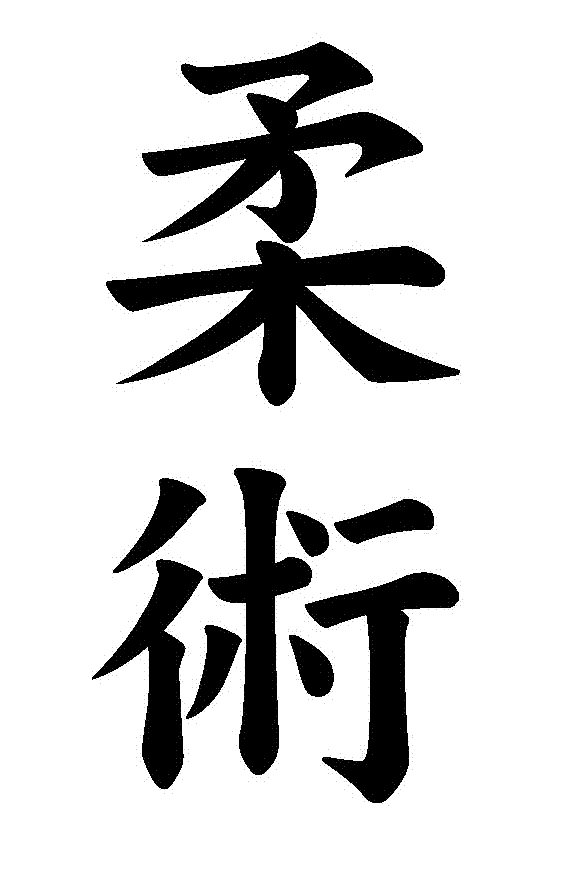Ju-Jitsu was the unarmed combat system used by the samurai in feudal Japan. Different parts of Japan practiced different systems, and a variety of styles developed; differences between the practice in different schools or different parts of Japan varied greatly. In addition, many notable Ju-Jitsu practitioners went on to develop and found their own arts. Fundamentally, Judo, Aikido, and Brazilian Jiu Jitsu are all developed specializations of Ju-Jitsu. Kano Jigoro (the founder of Judo) and Morihei Ueshiba (the founder of Aikido) both studied Ju-Jitsu before founding their own arts emphasizing their own specialties. Brazilian Jiu Jitsu was founded by the Gracie brothers, who learned from Mitsuyo Maeda, who was a student of Kano Jigoro prior to when Kano founded Judo. Karate is a more distant cousin, as it was primarily developed in Okinawa and has a more pronounced Chinese influence; however, the striking techniques and practices in Ju-Jitsu schools often resemble Karate practices.
The particular style of Aiki Ju-Jitsu practiced by the Ju-Jitsu club is similar to a small circle Ju-Jitsu, with Karate elements (most similar to Shotokan Karate, but still not the same). This style involves striking, kicks, break falls, joint locks, takedowns, restraints, throws, kata (forms), grappling and some ground work. We also teach jo staff and board breaking to more experienced students.
This specific style of Ju-Jitsu migrated from Japan in the 1960s, and has been taught on campus at ASU since 1976. In that time, it has been passed down through four chief instructors, each one working to improve the teaching methods while staying loyal to the traditions of the art. This style does not have a name, and this is the only school of this style in existence.
